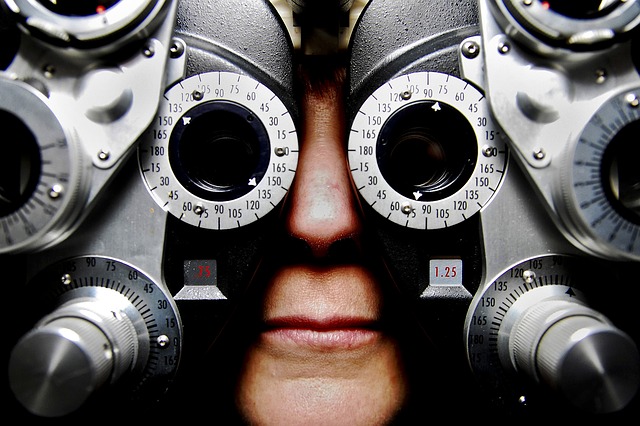
An estimated twenty million people are blind due to cataracts. Globally, the need for cataract operations is at least 30 million per year, but only around 10 million cataract operations are actually performed annually. Since June is Cataract Awareness Month, it is important to open a dialogue about one of the most common eye diseases.
A cataract is a cloudy or opaque area in the eye. Since the eye usually contains a clear lens, this fogginess or blockage can easily affect one’s ability to see properly. A cataract is the leading cause of blindness in the world. Depending on the location and size of the cataract, it can easily impair vision, even if one does not become completely blind. Most of the time, cataracts are relevant to age. Most cataracts develop over the age of fifty five, but they can sometimes occur in infants and younger children. Usually, the lens that is located in the eye behind the iris focuses light on the retina; this sends the image you are looking at to the brain. It is important to know the signs and symptoms of cataracts in order to be educated about ways to prevent this common eye disease. Cataracts generally form slowly; therefore, there is time to make changes in your lifestyle that could improve the disease.
The cause of cataracts is still unknown; however, research shows that it could be relevant to smoking, diabetes, overexposure to ultraviolet radiation, drug use, nutritional deficiency, eye inflammation, other eye diseases, and hereditary influences.
Some of the signs and symptoms of cataract may include the following:
- Hazy Vision
- Blurry Vision
- Increased sensitivity to glare from lights
- Sensitivity to Strong lights
- Increased difficulty seeing at night
- Refractive Error
- Progressive Nearsightedness
- Changes in the way you see colour
- Noticing a glare from oncoming headlights
- Double Vision
- Sudden changes in your glasses prescription
- Noticing that your glasses prescription is not working properly
- Foggy or Filmy Vision
If you are noticing any of these symptoms, it is important for you to go to the eye doctor. You will get an eye exam in order to test how well you can see. Your eye doctor will be able to tell you about the severity of your eye problems. Hopefully, there will be nothing to worry about at all. Remember to bring your glasses or wear your contacts to the appointment. Your doctor will dilate your pupil to examine the lens and other areas of your eye. If you are worried about the outcome of your test results, feel free to reach out to your local community for support. Statistics show that there are an estimated forty five million blind people and one hundred thirty five million visually impaired people worldwide.
If it is possible for your vision to be corrected or improved with eye glasses or contacts, this may be the best option. Your doctor will prescribe the right pair for you at your appointment if needed. If your vision is unable to be fixed with glasses or contacts, you may need to have surgery. Your eye doctor will help find the best way to prevent cataracts from interfering with your daily life.
Sources:
http://www.uniteforsight.org/eye_stats.php
http://www.webmd.com/eye-health/cataracts/health-cataracts-eyes#2
{{cta(‘010124f3-c9bc-4a23-b9fc-74953e6288c9’)}}


